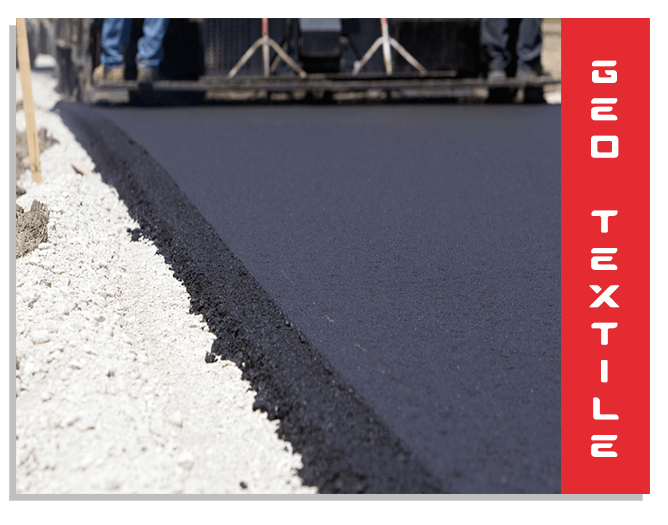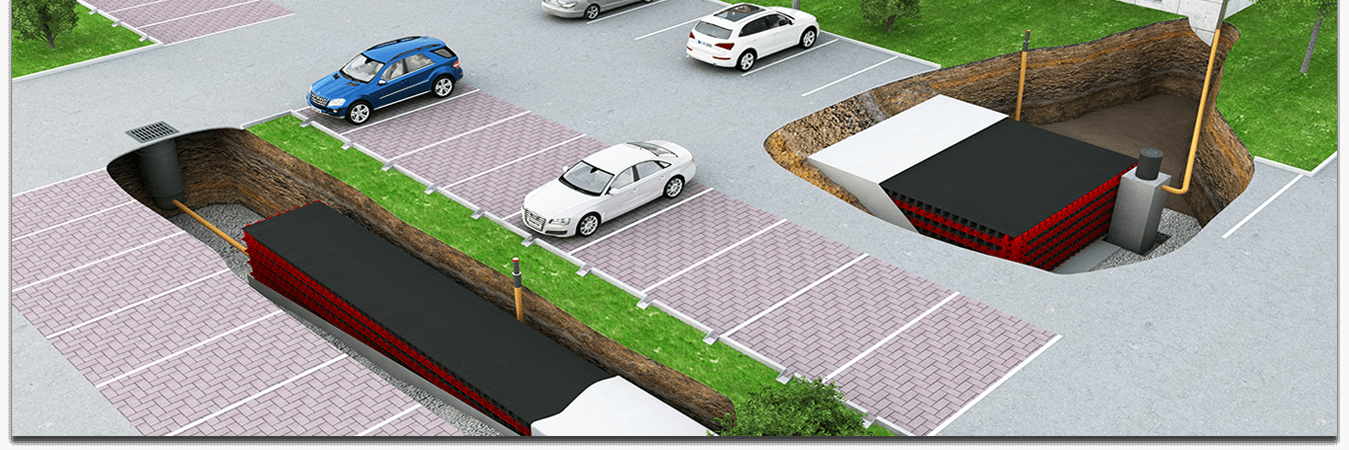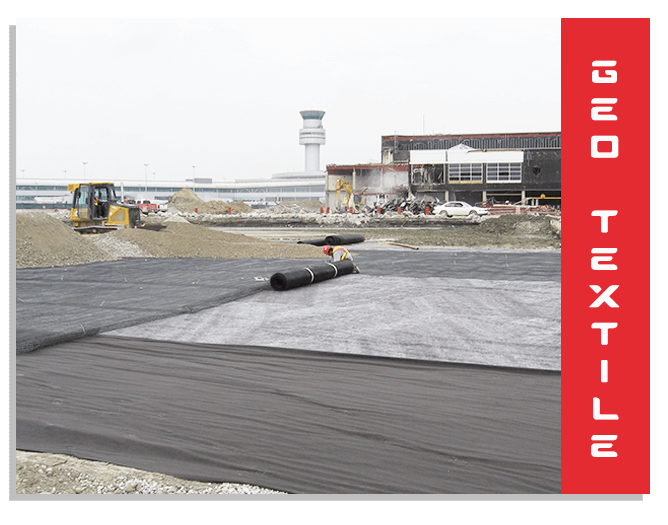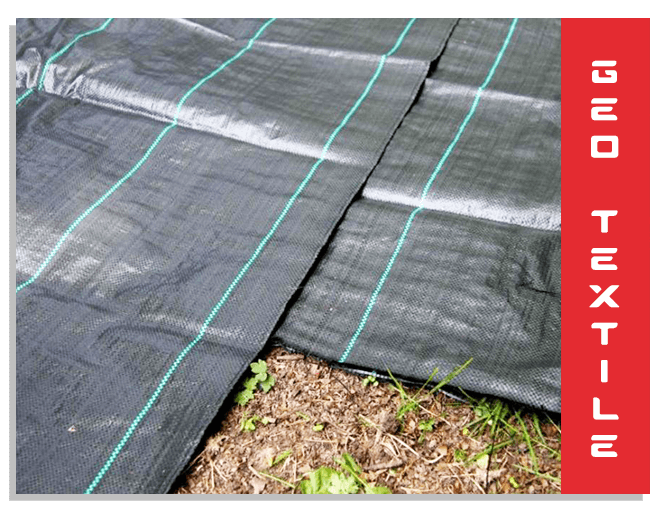Geotextile
With advancements, our woven and non-woven geotextile fabrics have changed the way of execution and the utilization in various applications. Our geo fabrics offer useful, simple and cost-effective solutions for improving the performance of majority construction application be it pavement or soil. Geo textile fabric is typically defined as any permeable textile material used to increase soil stability, provide erosion control or aid in drainage. Being as a leading manufacturer, exporter and supplier of Geo Textile Fabrics, our polymers and manufacturing processes result in an array of geotextiles suitable for a variety of civil construction applications.
Non-woven Geotextile Fabrics
Non-woven geotextile resemble felt and provide planar water flow. They are commonly known as filter fabrics, although woven monofilament geotextiles can also be referred to as filter fabrics. Typical applications for non-woven geo textiles include aggregate drains, asphalt pavement overlays and erosion control.
Woven Geotextile – Slit-film and Monofilament Geotextiles
A woven geotextile is a planar textile structure produced by interlacing two or more sets of strands at right angles. There are two types of strands: slit films, which are flat; and monofilaments, which are round. Woven slit-film geo textiles are generally preferred for applications where high strength properties are needed and filtration requirements are less critical. These fabrics reduce localized shear failure in weak subsoil conditions and aid construction over soft subsoils. Woven monofilament geotextiles are preferred for applications where both strength and filtration are a concern, such as shoreline rip rap applications.
Geotextile-related materials such as fabrics formed into mats, webs, nets, grids, or formed plastic sheets are not the same as geo textiles. These would fall under the more general category of geosynthetics
GEO TEXTILE FABRIC FUNCTIONALITY
Geotextiles provide strength and durability by separating a foundation or construction from underlying soil. For example, if pavement is laid on dirt, over time the lowest layer of the pavement will disassociate as the soil infiltrates the pavement. This leads to weaker pavement, reduced service life and greater maintenance costs.
Using a geotextile layer to separate the pavement from the ground helps maintain the structural integrity of the pavement over time. This is especially important in climates that undergo successive episodes of freezing and thawing. Geotextiles also help prevent the underlying soil from contamination, as well as the pavement from settling if the subgrade beneath the pavement sinks or shifts.
GEOTEXTILE FABRIC APPLICATIONS






